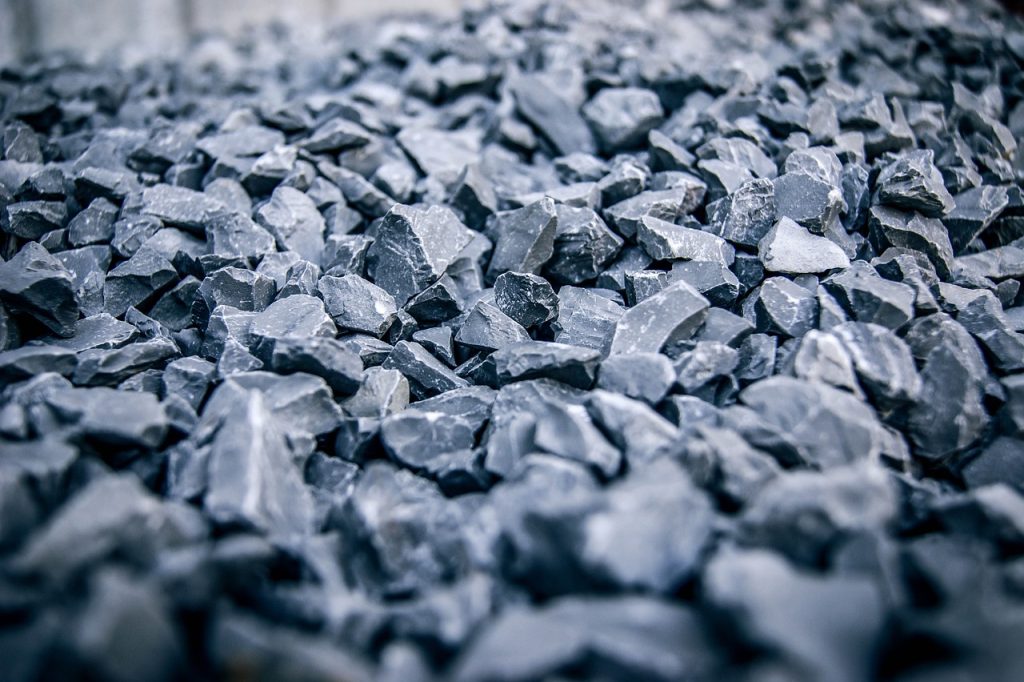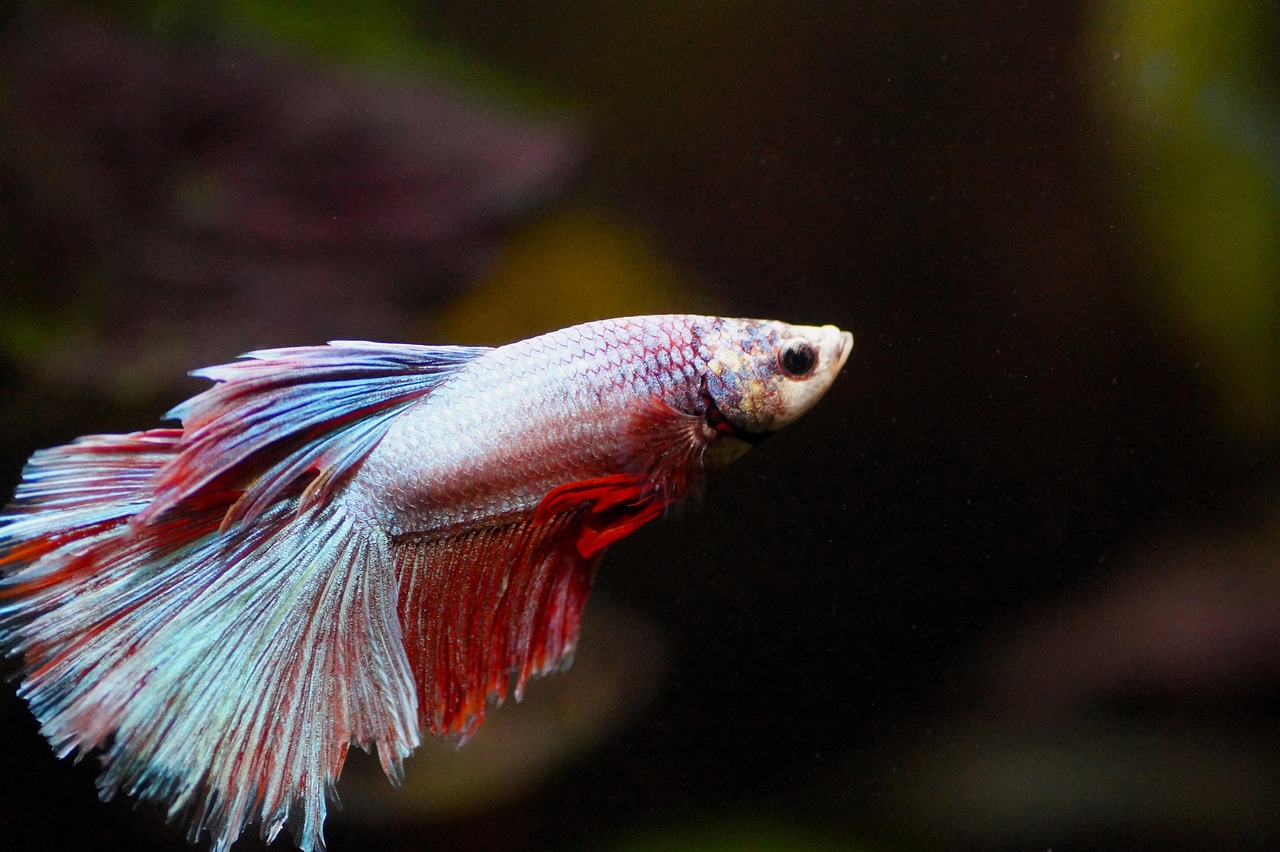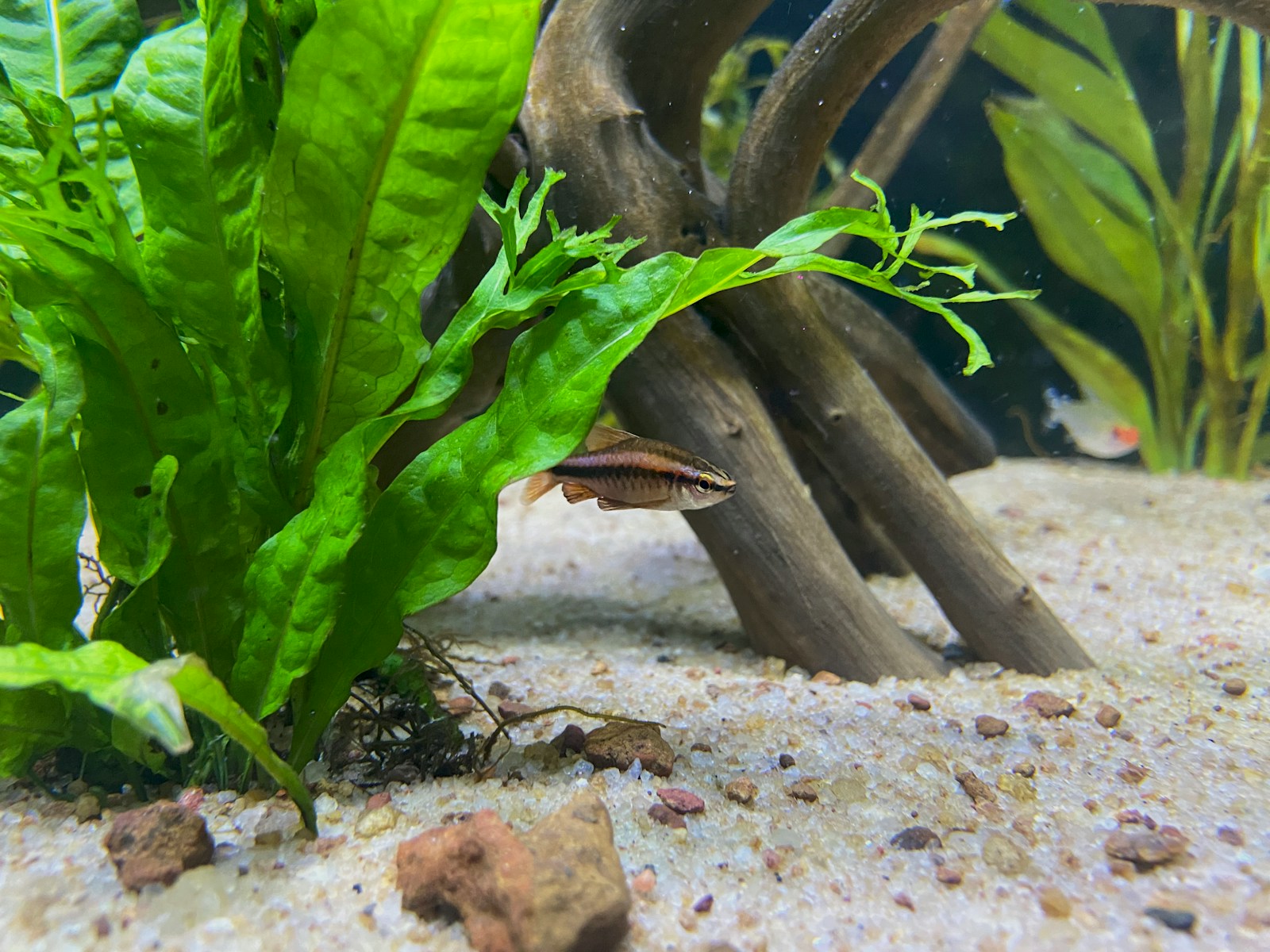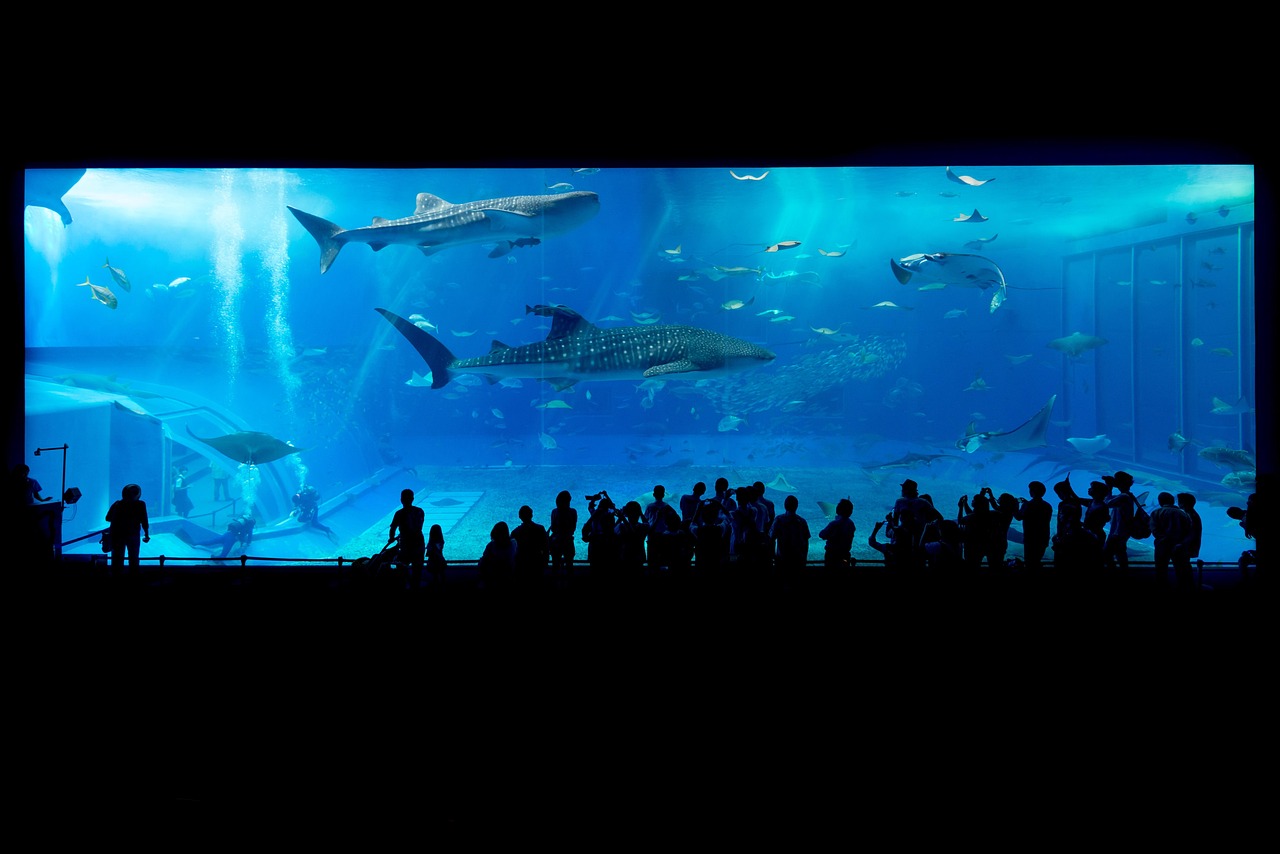
About Aquarium Gravel:
Aquarium gravel is an essential component of any fish tank, providing not only an aesthetically pleasing appearance but also important functional benefits. Selecting the proper gravel for your aquarium plays a crucial role in creating a healthy, visually appealing environment for your aquatic pets. With numerous options available on the market, understanding the factors to consider when choosing aquarium gravel is essential. In this article, we will explore various aspects to help you make an informed decision and create a thriving underwater habitat for your fish.
1. Consider the Needs of Ytheir Fish:
Different fish species have varying requirements when it comes to their aquatic environment. Some prefer soft and sandy substrates, while others thrive in a more rocky and coarse texture. Therefore, it is crucial to research the specific needs of your fish before choosing the appropriate aquarium gravel. Consider factors such as the fish’s natural habitat, aggressiveness, and their propensity for burrowing or digging.
2. Gravel Size and Composition:
Aquarium gravel comes in various sizes, ranging from fine sand-like particles to larger rocks. The size of the gravel plays a significant role in the overall functionality of your aquarium. Larger gravel can allow for better water circulation, effective waste removal, and plant rooting, while smaller gravel may be suitable for delicate fish or bottom-dwelling species.
The composition of the gravel is equally important. Gravel made of inert materials such as quartz or granite is highly recommended as it does not affect the water chemistry or introduce harmful substances into the tank. Avoid using limestone or coral-based gravel, which can raise the pH levels and hardness of the water, potentially harming your fish.
3. Color and Aesthetics:
Aquarium gravel comes in a wide array of colors, ranging from natural earth tones to vibrant and exotic hues. The choice of color depends on your personal preference and the visual theme you wish to create. It is important, however, to consider the impact of color on the fish and their stress levels. Bright or contrasting colors may cause stress or anxiety in some fish species, while more natural and muted tones tend to have a calming effect.
4. Functionality Aspects:
Aside from the visual appeal, aquarium gravel also serves functional purposes within the tank. Here are a few considerations regarding functionality:
– Surface Area: Gravel with a highly porous surface area provides a beneficial habitat for beneficial bacteria colonies that aid in the nitrogen cycle of the tank. This helps maintain water quality and prevents harmful ammonia buildup.
– Plant Support: If you plan on having live plants in your aquarium, selecting gravel that allows for proper root growth and anchoring is crucial. Coarser gravel, for example, offers stronger support as opposed to fine sand that may hinder plant growth.
– Ease of Cleaning: Opt for gravel that is easy to clean and maintain. Fine gravel, although aesthetically pleasing, can be difficult to vacuum during regular tank cleaning, potentially leading to waste accumulation and foul odors.
5. Budget Considerations:
While it can be tempting to opt for cheaper alternatives, compromising on the quality of aquarium gravel may have adverse effects on your tank’s overall health. Investing in high-quality gravel from reputable brands is essential to ensure its long-term durability, stability, and safety for your fish. Consider your budget in tandem with the other factors outlined above to strike an optimal balance between cost and quality.
Summary:
Choosing the right aquarium gravel is a crucial step in creating a thriving underwater environment for your fish. By considering factors such as the needs of your fish, gravel size and composition, color and aesthetics, functionality aspects, and your budget, you can make an informed decision. Remember to prioritize the well-being of your fish and the overall long-term health of your aquarium when selecting the perfect gravel. With careful consideration, research, and a thoughtful approach, you can create a captivating and healthy underwater oasis for your aquatic pets to enjoy.




